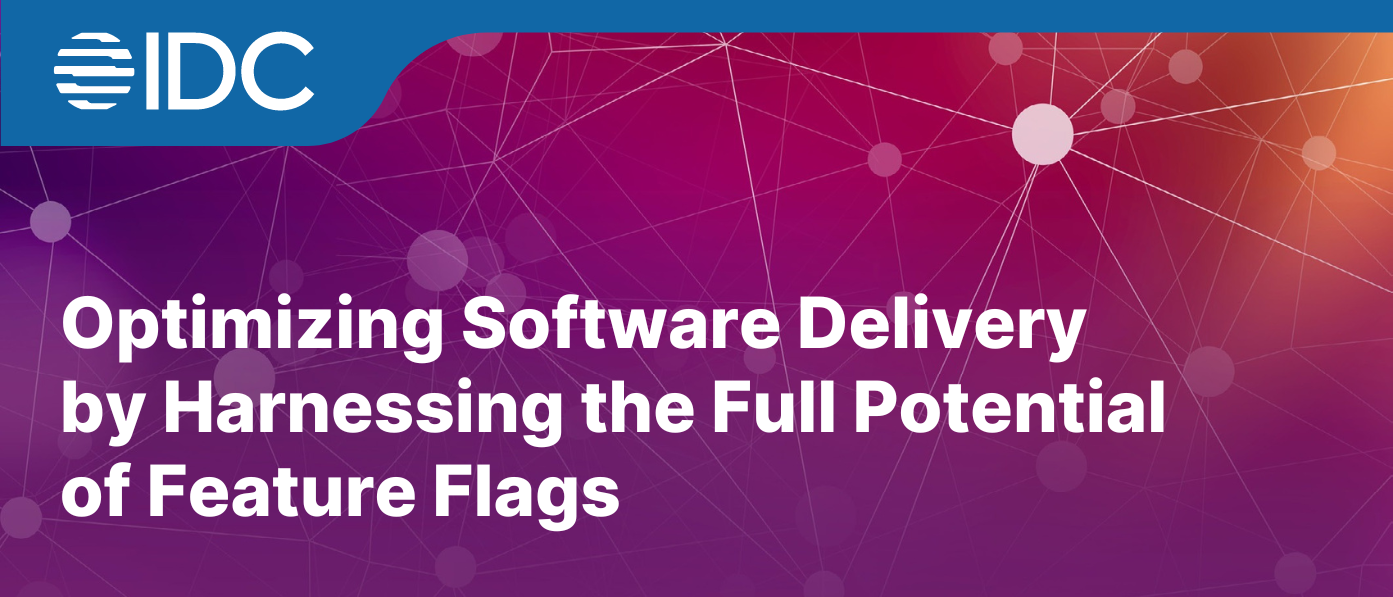In the rapidly changing landscape of cloud-native applications, it is essential to monitor your Kubernetes clusters diligently. Prometheus serves this purpose effectively; it is a robust, open-source monitoring and alerting toolkit that has established itself as a fundamental component of monitoring solutions within Kubernetes environments. Whether you are expanding a microservice architecture or overseeing intricate deployments, Prometheus delivers exceptional insights and performance metrics, ensuring that your system stays healthy, responsive, and prepared for any challenges.
Prometheus is specifically designed for dynamic environments such as Kubernetes, making it an ideal solution. The following points highlight its advantages:
Integration with Service Discovery: Kubernetes workloads are inherently dynamic, with containers being frequently created and terminated. Prometheus can automatically identify services, pods, and nodes through Kubernetes’ service discovery features. This eliminates the need for manual updates, as Prometheus continuously monitors these changes in real-time.
Comprehensive Metrics Collection: Prometheus collects multi-dimensional metrics across your infrastructure, applications, and Kubernetes elements (including pods, nodes, and services).
PromQL The Versatility of Querying: Utilizing the Prometheus Query Language (PromQL), users can extract, filter, and analyze time-series data in a highly adaptable manner. For instance, if you wish to determine the average response time of a particular pod over the past hour, it can be accomplished effortlessly.
Seamless Extensibility: Prometheus integrates effortlessly with widely-used visualization tools such as Grafana, enabling the creation of visually appealing, real-time dashboards to monitor essential metrics throughout your Kubernetes environment. Additionally, it is compatible with a variety of exporters (including the Node Exporter and Kubernetes metrics server) to facilitate comprehensive monitoring of all components.
Step 1: Establish a Kubernetes Cluster
- Begin by installing Kubernetes on your local machine or opt for a managed Kubernetes service such as Google Kubernetes Engine (GKE), Amazon Elastic Kubernetes Service (EKS), or Azure Kubernetes Service (AKS).
Step 2: Install Prometheus:
- Prometheus can be deployed to a Kubernetes cluster utilizing Helm, which serves as a package manager for Kubernetes. Helm streamlines the deployment procedure and facilitates the straightforward management of Prometheus’s configuration.
helm repo add prometheus-community https://prometheus-community.github.io/helm-charts
helm install prometheus prometheus-community/prometheus
Step 3: Configure Prometheus:
- To gather metrics from your Kubernetes cluster, it is essential to set up Prometheus to scrape the appropriate endpoints. This can be accomplished by utilizing a `prometheus.yml` configuration file. Below is a fundamental example:
global:
scrape_interval: 15sscrape_configs:
- job_name: 'kubernetes-apiservers'
kubernetes_sd_configs:
- role: endpoints
scheme: https
tls_config:
ca_file: /var/run/secrets/kubernetes.io/serviceaccount/ca.crt
bearer_token_file: /var/run/secrets/kubernetes.io/serviceaccount/token
relabel_configs:
- source_labels: [__meta_kubernetes_namespace, __meta_kubernetes_service_name, __meta_kubernetes_endpoint_port_name]
action: keep
regex: default;kubernetes;https
Step 4: Access Prometheus UI:
- Prometheus, by default, implements a service that facilitates access to its user interface. Users can reach this interface through port forwarding or by establishing a NodePort or LoadBalancer service, contingent upon the configuration of their cluster.
kubectl port-forward service/prometheus-server 9090:9090
Step 5: Application and Service Monitoring:
- To effectively monitor applications and services deployed on Kubernetes, it is essential to integrate them with Prometheus client libraries or utilize application-specific exporters. This integration allows Prometheus to collect and scrape custom metrics.
Step 6. Set Up Grafana:
- We can enhance monitoring setup by integrating Grafana for advanced visualization. Grafana can connect to Prometheus as a data source.
helm repo add grafana https://grafana.github.io/helm-charts
helm install grafana grafana/grafana
Step 7: Alert Configuration:
- Establish alerting rules within Prometheus to receive notifications regarding potential issues. You may utilize Prometheus’s alert manager or connect it with external alerting systems for enhanced functionality.
This foundational configuration will assist you in initiating the monitoring of your Kubernetes cluster through Prometheus. Tailor it according to your particular requirements and the components you wish to oversee within your Kubernetes ecosystem.

